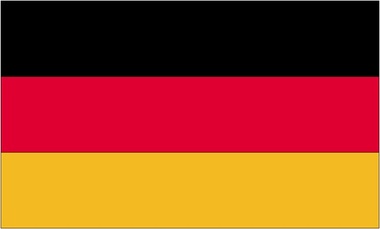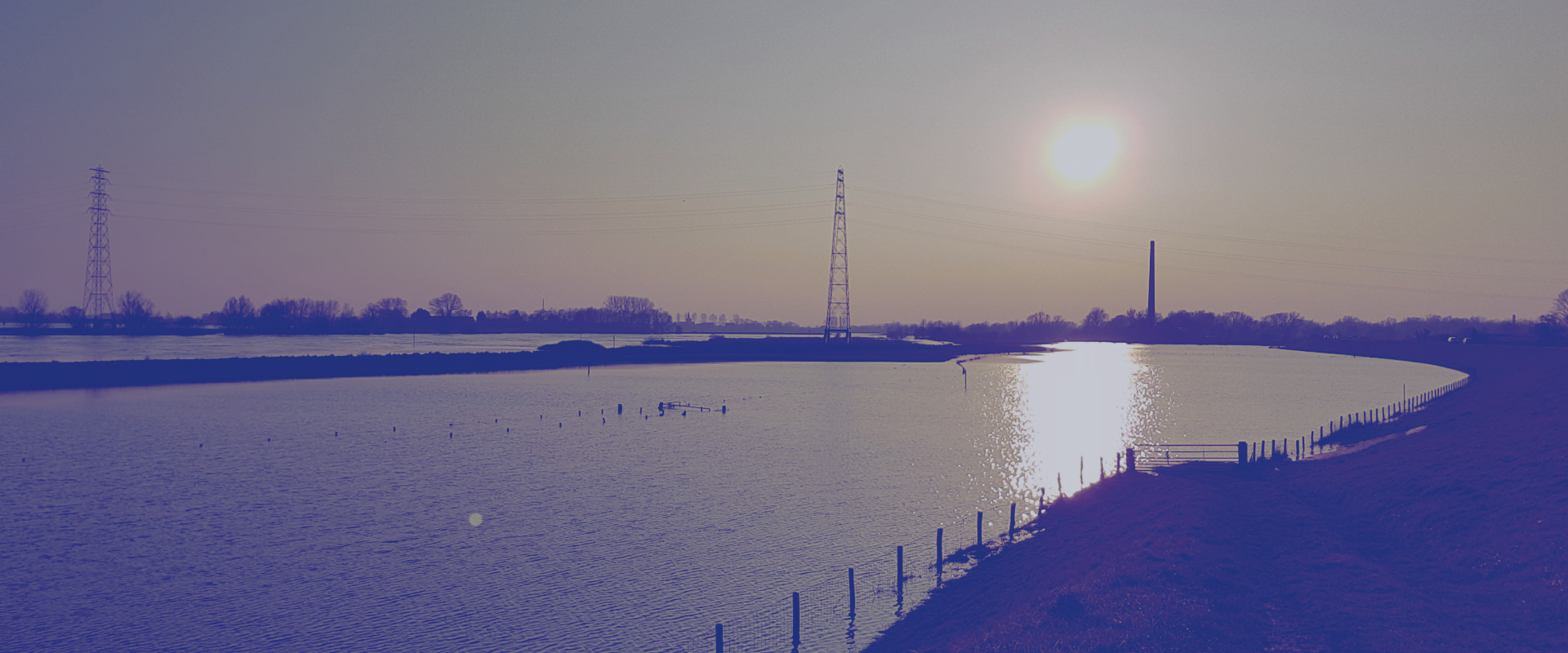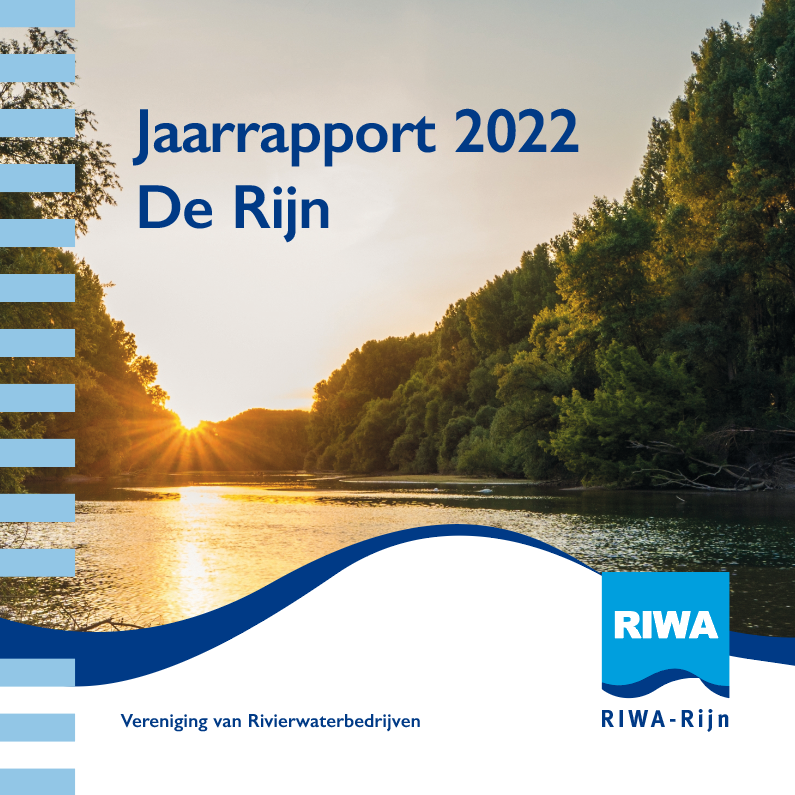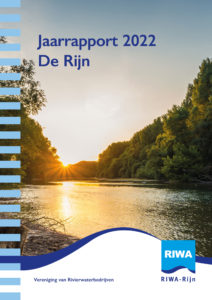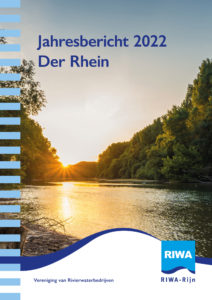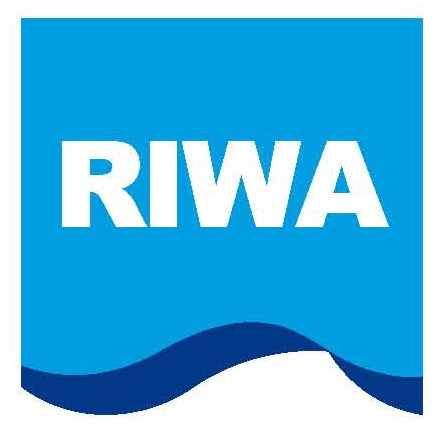This year we reflect on the increasing demand for drinking water in the Netherlands due to population and economic growth. The Dutch government plans to have 900,000 new homes built and these will all need to be supplied with good drinking water in a timely manner. RIWA-Rijn members are conducting explorations for new sources of drinking water to meet the increased water demand. Many of the locations being investigated are in the Rhine catchment. A clean Rhine will therefore become even more important for the Dutch drinking water supply in the future than it already was.
In this annual report we pay particular attention to the development of lithium concentrations in relation to plans for lithium mining and processing in the Rhine basin. We also give an overview of our activities on the topic of contrast agents and the initiatives taken in Dutch hospitals. We describe the legal effect of Water Framework Directive Article 7.3 based on a recent opinion given to the European Court of Justice. In addition, we look back at the past UN Water Conference in New York.
Our annual report is available in Dutch and German.



